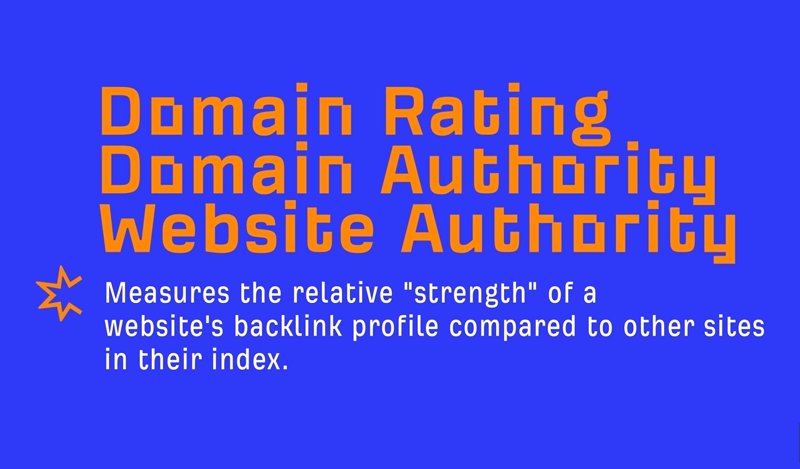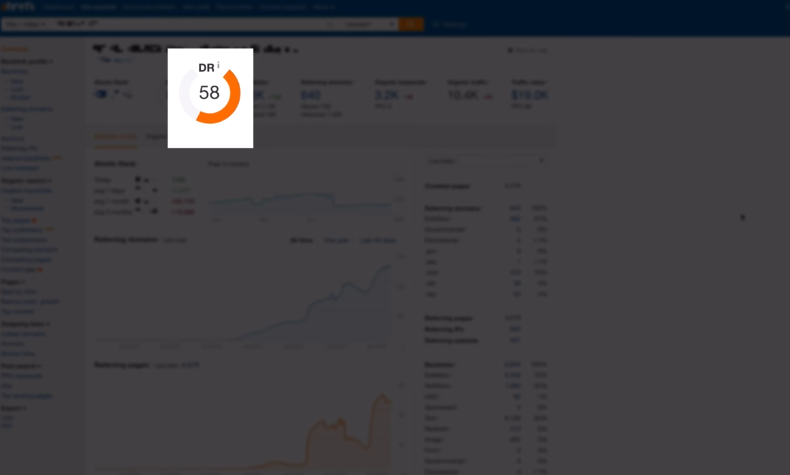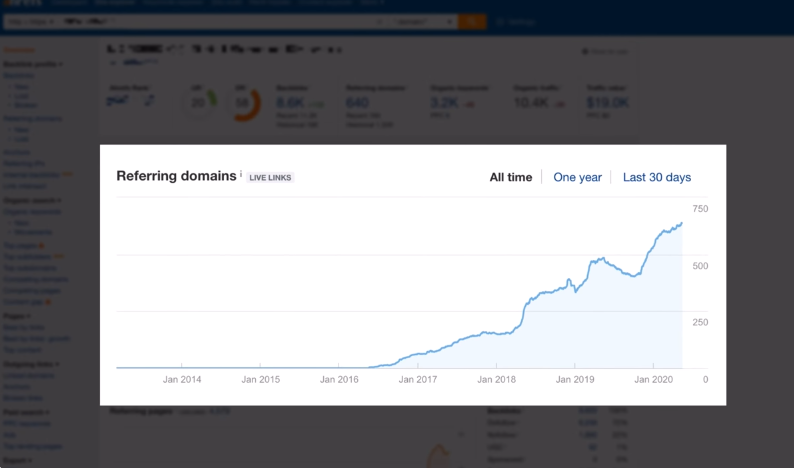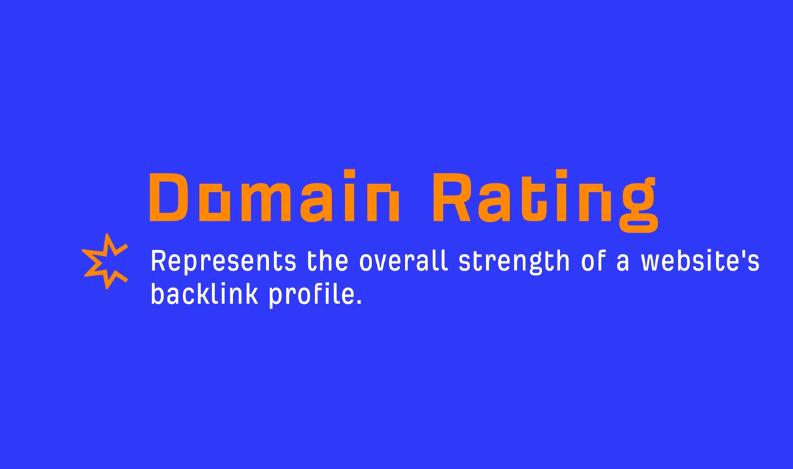If you’re running a website, you’ve probably heard about Increase Domain Rating (DR). It’s one of the key factors that determine how well your website ranks on search engines. A higher domain rating means more authority, more traffic, and more business. But how exactly do you increase your domain rating? This article will walk you through the essentials and provide you with actionable steps to help your site grow.
What is Domain Rating?
Domain Rating is a metric used by SEO tools (like Ahrefs) to measure the overall strength of a website’s backlink profile compared to others. DR scores range from 0 to 100, with higher numbers reflecting better link authority. While it’s not a direct Google ranking factor, a high domain rating often correlates with better search engine rankings.
Proven Strategies to Increase Domain Rating
Ready to boost your website’s domain rating? Let’s dive into the practical steps you can take to achieve this.
Build High-Quality Backlinks
One of the most effective ways to increase domain rating is by acquiring high-quality backlinks. Backlinks from reputable websites act as a vote of confidence for your content.

- Focus on Authority Sites: Get backlinks from sites with high DR themselves. The more authoritative the site, the stronger the link.
- Guest Blogging: Write high-value content for other websites within your niche. Include a backlink to your own site.
- Broken Link Building: Find broken links on high-authority sites and offer your content as a replacement.
Pro Tip: Backlinks from sites relevant to your niche will have a greater impact on your domain rating than random links.
Create Link-Worthy Content
Not all content is created equal when it comes to earning backlinks. Content that naturally attracts links can be a game-changer in increasing domain rating.
- Write In-Depth Guides: These types of posts are highly shareable and often cited by other websites.
- Create Data-Driven Posts: Original research, statistics, and infographics tend to attract a lot of attention.
- Design Unique Infographics: Visual content gets shared and linked more frequently than text alone.
- Engage, Educate, and Empower: The more valuable your content, the more people will link to it.
Internal Linking Structure
While backlinks from other sites are crucial, don’t underestimate the power of internal linking to boost your domain rating.
- Create a Logical Structure: Ensure your pages are well-connected and guide users smoothly from one piece of content to another.
- Link to High-Authority Pages: When possible, link internally to your highest-quality content. This helps spread link equity throughout your site.
“Your best content deserves to be seen internal linking helps it get there!”
Disavow Toxic Backlinks
Not all backlinks are good. If your site has links from low-quality or spammy sources, it could hurt your domain rating.
- Use SEO Tools: Tools like Ahrefs or Google Search Console can help you identify toxic backlinks.
- Disavow Bad Links: Submit a disavow file to Google to avoid penalties from harmful backlinks.
Pro Tip: A clean backlink profile is essential for long-term success.
Improve Website User Experience (UX)
Search engines reward websites that provide a good user experience. If visitors are staying longer and interacting more with your content, it sends positive signals to search engines.
- Speed Up Your Website: Ensure that your website loads quickly on both desktop and mobile devices.
- Make Navigation Simple: Make it easy for users to find what they’re looking for.
- Mobile Optimization: More people browse the web via mobile. Ensure your site is mobile-friendly.
“Happy visitors, higher rankings!”
Comparing Backlink Strategies
| Strategy | Ease of Implementation | Impact on DR | Timeframe for Results |
|---|---|---|---|
| Guest Blogging | Moderate | High | Medium-Term |
| Broken Link Building | Difficult | High | Short-Term |
| Internal Linking Structure | Easy | Moderate | Immediate |
| Disavowing Bad Links | Moderate | High | Short-Term |
| Creating Infographics | Difficult | High | Long-Term |
Conclusion:
Increasing domain rating is not an overnight process. It requires consistent efforts in building high-quality backlinks, creating valuable content, and maintaining a clean backlink profile. Additionally, focusing on user experience and internal linking will create a solid foundation for long-term success.
FAQs
How long does it take to see improvements in domain rating?
There’s no set time, but generally, you can start seeing changes within 3 to 6 months after implementing new strategies. Results depend on the quality of your backlinks and the amount of effort you put into SEO.
Does having a higher domain rating guarantee better rankings on Google?
No, domain rating is just one factor. Google uses hundreds of ranking factors, but a high DR often correlates with better search rankings.
Do all backlinks affect domain rating the same way?
No, not all backlinks are equal. High-quality backlinks from authoritative and relevant websites have a much more significant impact on your domain rating than low-quality or unrelated backlinks. Focus on earning links from trusted and well-regarded sources.
Can I increase my domain rating without backlinks?
While backlinks play a crucial role in increasing domain rating, improving your site structure, user experience, and internal linking can also contribute positively. However, without backlinks, the growth in domain rating will be slower and more limited.
Is it possible to lose domain rating?
Yes, domain rating can decrease over time if you lose quality backlinks, acquire toxic links, or your competitors gain more authority. Regularly maintaining your backlink profile and continuing to earn new, high-quality links can prevent this from happening.

